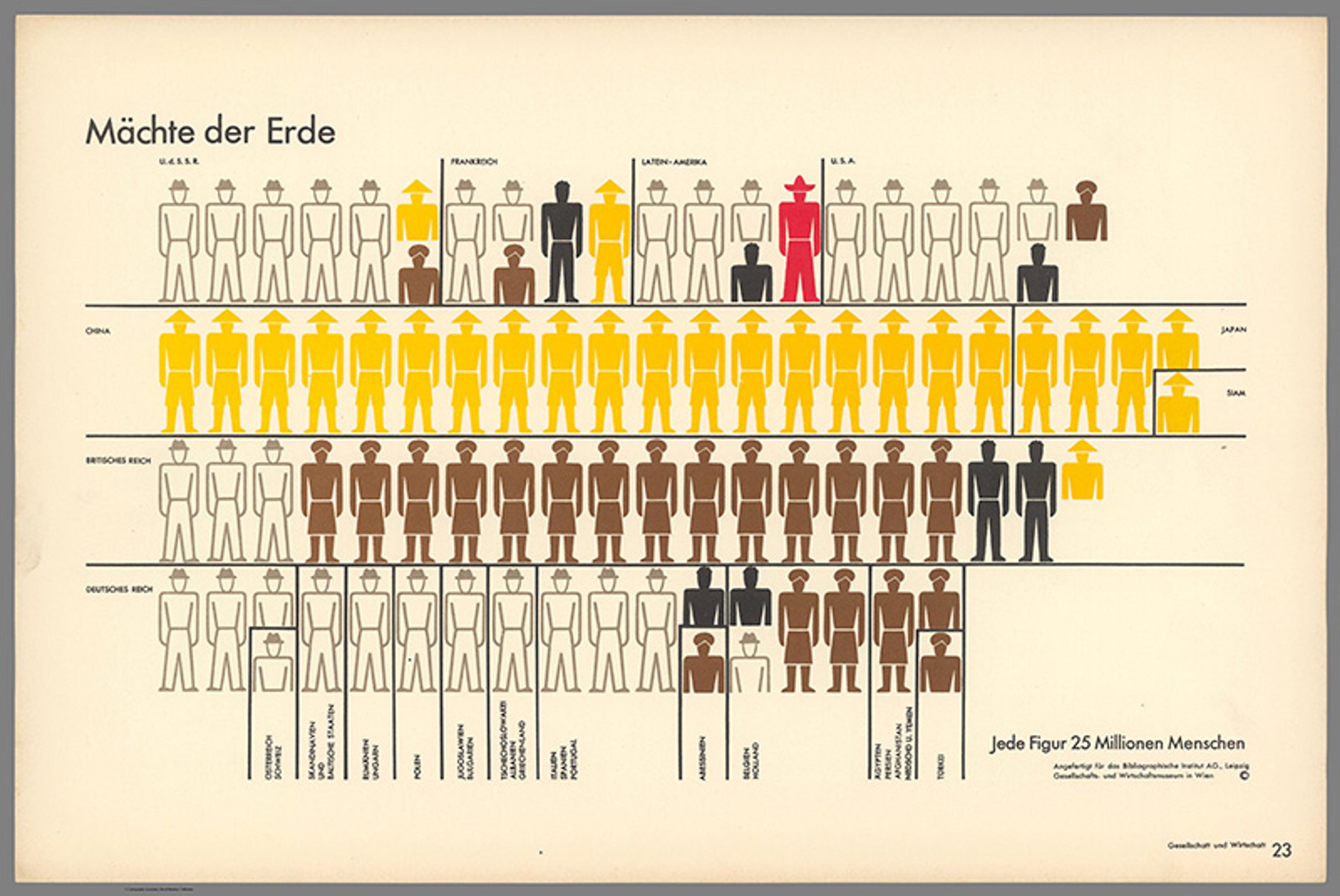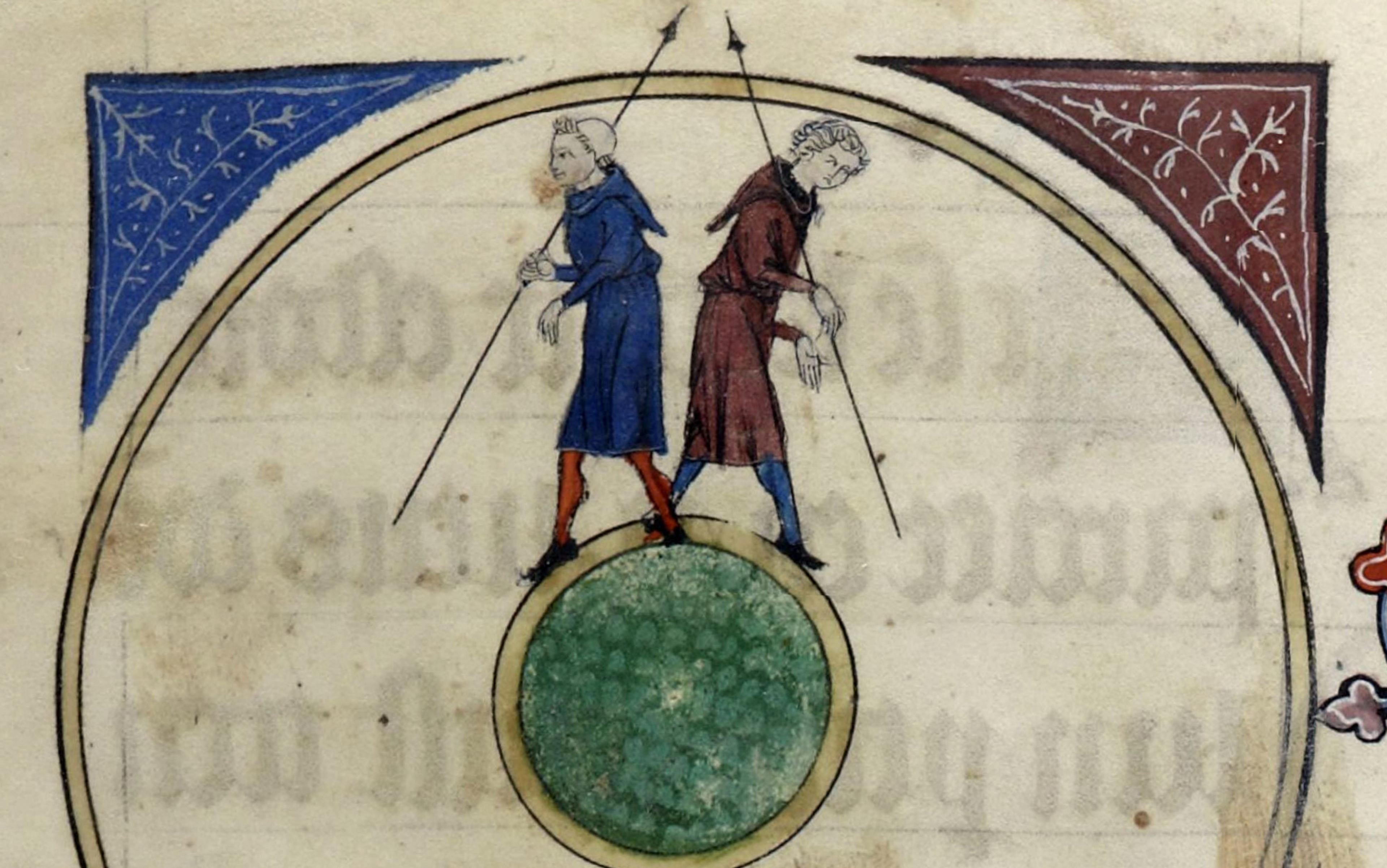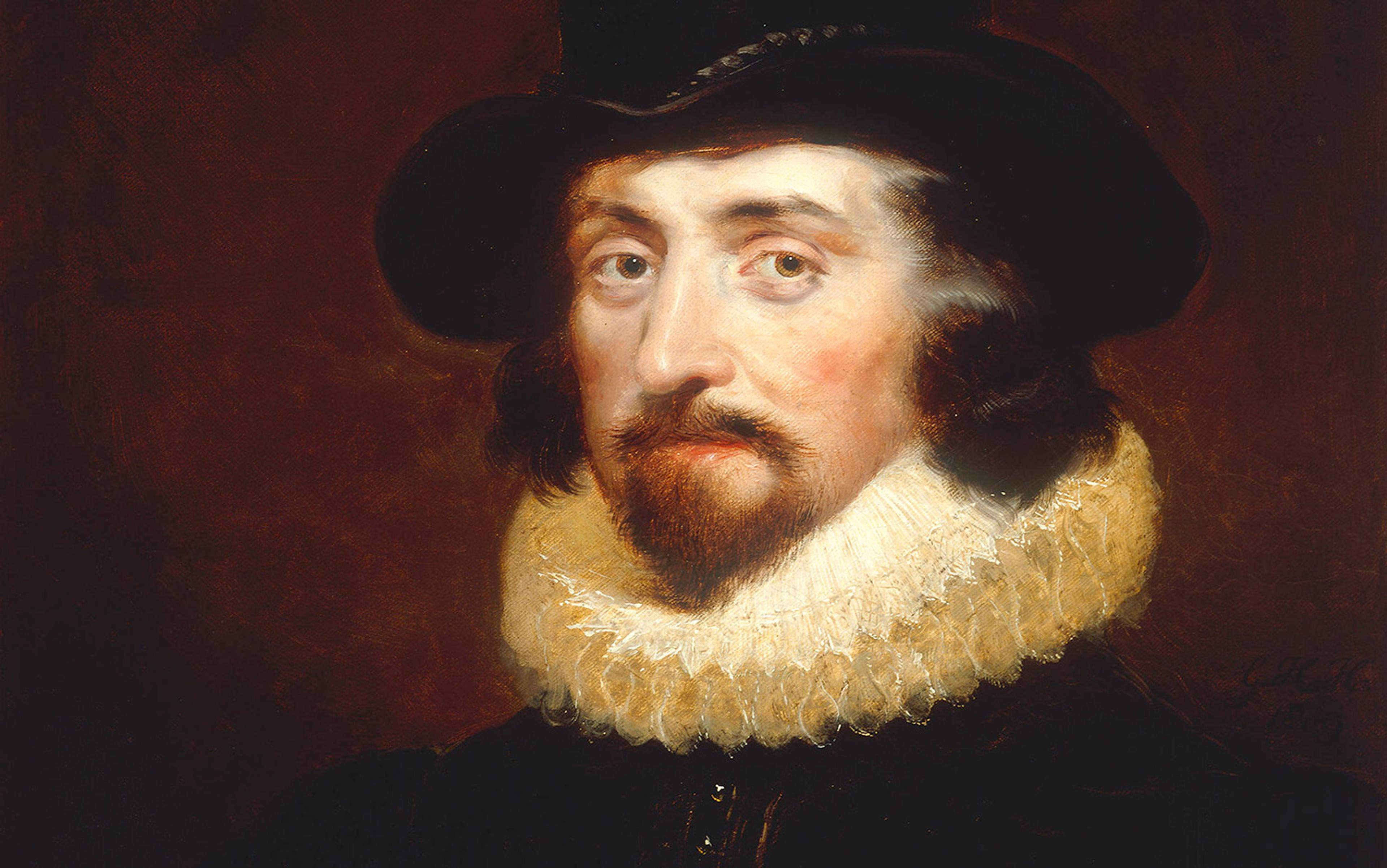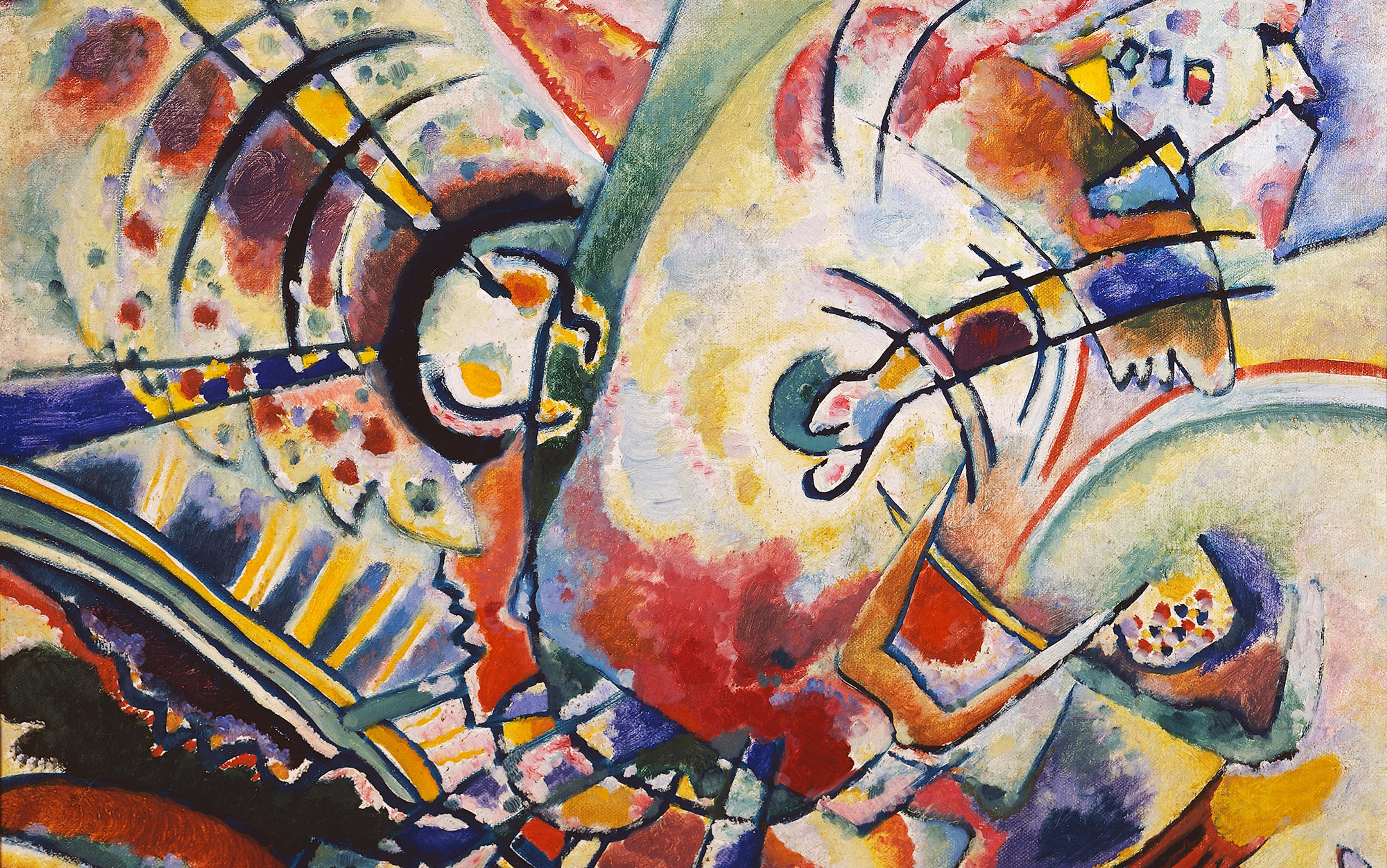In the 1930s, as Jewish and dissident scientists were forced from their posts in Nazi Germany, many found refuge at universities in the United States. At the time, American scientists were trying to shield themselves from the winds of politics by honing arguments for the value of ‘pure’ science. It was in this spirit that Abraham Flexner had founded the hermetic Institute for Advanced Study in New Jersey in 1930, expressly to pursue research for its own sake. He applauded those who, ‘in a world steeped in irrational hatreds which threaten civilisation itself … detach themselves wholly or partly from the angry current of daily life to devote themselves to the cultivation of beauty, to the extension of knowledge’.
At a time when science once again seems to be under siege, it’s tempting to believe that ringfencing it from the public could protect its integrity. We laypeople, after all, seem poorly positioned to judge which so-called experts deserve our trust, and are all too easily swayed by reports that square with our pre-existing beliefs. Safer, surely, to try to detach science from popular opinion entirely. This was the view of the American sociologist Robert Merton, who believed that science functioned best when left to its own devices. Writing on the eve of the Second World War, he argued that democratic values, such as disinterestedness and communalism, were innate to scientific communities. As evidence, he pointed to the reputations of scientists as upstanding individuals and the ‘virtual absence of fraud’. Merton was confident that scientists would regulate themselves in a democratic fashion, if only they were insulated from public meddling.
On the frontlines of the Nazi assault in Europe, however, a handful of scientists dared to disagree. As they saw it, the way to ensure the integrity of science was to enrich and deepen its connection to the public, not to sever it. The Austrian physicist Erwin Schrödinger, winner of the 1933 Nobel Prize for his contributions to the mind-bending new theory of the atom, was embarking on a second career as a popular science writer. A scientist didn’t truly understand a concept, Schrödinger argued, until he could explain it to a non-expert. Schrödinger stressed not the autonomy of science but the way it depended on something beyond empiricism – a faith in the essential universality of human perception. And he insisted that scientific discoveries gained in meaning by being shared as widely as possible, thereby multiplying the subjective experience of ‘discovery’.
Schrödinger wasn’t alone in calling for greater public engagement for the sciences. Like-minded contemporaries in central Europe included the social scientist Otto Neurath, the philosopher and historian Edgar Zilsel, the bacteriologist Ludwik Fleck, and the literary scholar Walter Benjamin. What united these five figures was the experience of witnessing how the forces of political reaction co-opted science and technology. From where they stood, it sure didn’t look like science was intrinsically democratic when left to its own devices. In response, Schrödinger and his contemporaries converged on a novel and radical principle: the importance of allowing the public to help steer the course of scientific research. What might we learn from their counterintuitive answer to the anti-science movement of the previous century?
Intriguingly, Schrödinger and his fellow central European intellectuals shared this common ground despite significant disagreements about politics, epistemology (theories of how we know what we know) and metaphysics (theories of the fundamental nature of reality). They did share some biographical traits: most were born into Jewish families in the German or Austrian empire in the 1880s or ’90s, and each followed closely the revolutions in physics of the first three decades of the 20th century. Yet they occupied a broad philosophical and political spectrum. Neurath and Fleck, for instance, are often taken to represent diametrically opposed philosophies of science. Neurath was a logical positivist: he believed in the possibility of a universal science, independent of the observer, if only observations could be reduced to their most basic forms. Fleck, on the other hand, was an anti-positivist: in his view, science was determined by its social context, by the character of what he called the ‘thought collective’. Politically, Neurath, Zilsel and Benjamin were socialists, while Schrödinger was a moderate liberal and likewise probably Fleck.
Crucially, though, each of them had borne witness to a dramatic shift in the relationship between scientists and the communities in which they worked. In a 1931 radio broadcast for children, Benjamin reminded his listeners that much of modern science had originally been built on the fortuitous observations of ordinary people. Throughout the long 19th century, scientific fields ranging from botany and epidemiology to seismology and meteorology had depended on members of the public to furnish observations of plants, disease symptoms, tremors, storms and more. This led to lively communication between scientists and laypeople, as well as to efforts to keep the sciences as jargon-free as possible. Medical experts eschewed Latinisms in favour of terms their patients used to describe their own experiences of illness; meteorologists formulated wind scales and cloud taxonomies on the basis of the lingoes of sailors and farmers; and geologists came up with terms for seismology that corresponded to the felt reports of earthquake survivors.
These efforts were largely pragmatic, reflecting the dependence of research on non-expert observers. Yet the 1920s marked the dawn of a new era for the sciences in central Europe. New laboratory methods, automated measuring and recording devices, and statistical techniques rendered obsolete the painstaking work of collecting lay observations. The First World War had also empowered scientific experts as never before: it’s been called ‘the chemists’ war’ for the strategic significance of newly synthesised lethal gases. The introduction of airplanes to warfare called on physicists’ knowledge of atmospheric dynamics, while economic experts – such as Neurath – found themselves in charge of planning wartime economies.
Most scientists were grateful when their new status and new techniques freed them from reliance on the public. Now that their labs and observatories were churning out data galore, now that they had demonstrated their utility to warfare, what need could scientists still have to listen to non-scientists?
Intellectuals who recoiled from fascism struggled to make sense of this hostility to science and democracy
However, in the aftermath of the First World War, a far less noble image of the scientific enterprise had begun to circulate via newspapers and film reels. The mass slaughter enabled by new technologies made many Europeans question their long-standing equation of science with civilisation. Popular accounts of the new theories of relativity and the quantum, too, suggested to laypeople that modern science had entered a crisis: the reactionary German author Oswald Spengler drew a wide following with his claim in 1918 that quantum theory was a sign of the ‘Decline of the West’.
If the authority of science was in doubt, so too was the authority of central Europe’s new democratic governments. With the victory of the western European Allies and the US in 1918, it looked as if democracy had emerged triumphant from the war. Yet in central Europe in particular, many people were unfamiliar with the practice of democracy. The outbreak of war in 1914 had been greeted with enthusiasm by much of the younger generation, who embraced its spirit of militarism. Those who didn’t perish in battle went on to form a core of the fascist movements of the 1920s, when they intensified their critique of ‘timid’ bourgeois values and began to wield their tactics of intimidation. Vienna, Berlin and Lwów (later Lviv) in these years were starkly polarised centres of progressive cultural reform movements and modernist experimentation in the arts even as they became flashpoints for Right-wing and antisemitic violence. Political clashes were frequent, especially at the universities. And the new states to which these cities now belonged – the republics of Austria, Germany and Poland – were also new to the principles of democracy. In short, many central Europeans questioned not only the legitimacy of the new democratic governments; they questioned democracy itself as an ideal.

The lecture room of the First Anatomical Institute at the University of Vienna, following the violence of May 1933. The Institute, whose director was Jewish by birth and a socialist, had been the target of attacks throughout the 1920s. Photo courtesy Vienna University Archives
Intellectuals who recoiled from fascism struggled to make sense of this hostility to science and democracy. From the perspective of Zilsel, a neglected Austro-Marxist Jewish philosopher and historian, the 1920s was a time of bourgeois reaction against modern science. Zilsel compared his own historical moment to the early 19th century, when the German Romantic philosophers had turned against the French Revolution and its embrace of rationalism. Now, he observed, as working-class socialists were championing a more scientific approach to social order, it was no coincidence that some bourgeois intellectuals were turning their backs on the sciences.
Zilsel was one of the scholars shut out by the University of Vienna in those years, as the institution became a stronghold of political reaction and antisemitism. In order to become a professor at an Austrian university, a candidate had to defend a second dissertation. The Philosophy Faculty (which included the natural sciences) rejected Zilsel’s second dissertation, claiming that it fell short of scholarly standards – as they did for several other Jewish and Left-wing scholars at the time. Thanks to detective work by the Austrian historian Klaus Taschwer, we now know that these rejections were engineered by a secret group of Right-wing, antisemitic conspirators. They called themselves the ‘Bear’s Lair’ and held their meetings in the university’s laboratory of palaeontology. In other words, already in the 1920s, science at the University of Vienna was in the hands of political extremists – well before the emergence in Germany in the early 1930s of the movement for ‘Aryan physics’.
This onslaught prompted central European intellectuals to probe the relationship between scientists and their publics. Austro-Marxists such as Max Adler broke with the long-standing ideal of apolitical scholarship. He warned that popularising science could rob workers of their class identity unless popularisers embraced revolution outright. The five figures profiled here developed a different, yet arguably no less radical vision. A common move among them was to identify a split in the main ways to communicate science – indeed, Schrödinger, Neurath and Benjamin each spoke in similar terms of ‘two forms of popularisation’. Each underlined how much his own scholarship was indebted to interactions with non-experts, whether students, readers, editors or civic activists.
Born in 1887, Schrödinger grew up in Vienna as the son of an industrialist, the only one of these five men who didn’t have at least one Jewish parent. He is remembered for his contributions to quantum theory, and as the author of popular reflections on science such as his book What Is Life? (1944). Few commentators have remarked, however, on Schrödinger’s contribution to a theory of public engagement.
‘There are two types of popularisers,’ he wrote for a broad scientific audience in 1929. The first ‘feigns sympathy with the less educated’, but takes a condescending tone and ‘grows cranky’ without the ‘crutch’ of ‘jargon and ‘mathematical formulas’. The second takes ‘pleasure and pride’ in letting go of those crutches and succeeds in raising ‘the reader and himself into a more general sphere that lies above that of technical expertise’. If the first type of populariser was arrogant and paternalistic, the second displayed humility and respect for the non-scientist.
Schrödinger’s radical idea was that this popularisation must be allowed to react back on scientific research
Schrödinger insisted repeatedly over the 1920s that this second, modest manner of science communication benefited science and the public alike. What happens, he asked, when a specialist must explain to a layman why he studies what he does?
You will try to defend the reason why you are interested … And you will become aware of the fact that only now, in your discussion with your colleague, have you reached those aspects of the subject that are, so to speak, nearest your heart.
Public engagement could help a scientist see his own motivations more clearly. Schrödinger followed this prescription in his own work. He criticised colleagues for being satisfied with descriptions of the atomic world that didn’t square with common sense. His best-known contribution to physics, the formulation of quantum physics known as wave mechanics, was the fruit of his efforts to visualise the new physics of the atom. A political moderate, Schrödinger was not intent – like Adler – on using science education to achieve social change; indeed, his implied lay reader was more likely a member of the educated bourgeoisie than a worker. Rather, his radical idea was that this popularisation must be allowed to react back on scientific research. Science must rest on an ethical foundation that science itself could not dictate, as he wrote for a German newspaper on Christmas Day 1930.
A similar principle formed the core of Benjamin’s essay ‘Two Forms of Popularisation’ (1932). Unlike the others considered here, Benjamin had no background in the natural sciences. Born to a middle-class Jewish family in Berlin in 1892, he studied literature and philosophy. His engagement with science communication arose from a new technology: the radio. In the late-1920s, German radio carried a popular scientific broadcast roughly once a week. Benjamin followed his friend, the playwright Bertold Brecht, in insisting that radio be used as a medium for the production of knowledge, not merely its diffusion. Echoing Schrödinger’s call for humility, Benjamin insisted that ‘an intellectual today should not step up to the platform and make a claim, but should work under public supervision, not lead.’
In ‘Two Forms of Popularisation’, Benjamin envisioned radio as a technology that would demonstrate to the listener
that his own interest is of substantive value to the subject, that his questions, even if not spoken into the microphone, pose new questions for scientific research … In short, a truly popular orientation … has a direct, transformative impact on science and scientific knowledge.
Notably, Benjamin was not sure that every science could achieve this second, ‘truly popular’ orientation. The discipline ripest for it, he believed, was physics, with its revolutionary new theories of relativity and quantum mechanics. Schrödinger would surely have agreed. At such a moment of radical creativity, researchers could finally make their audience feel a part of the process of innovation. Benjamin hinted that only in such revolutionary periods did scientists have the humility to admit uncertainty about the future course of their investigations; only at such a moment of upheaval might public engagement wield any real influence on science itself.
Neurath introduced a new term for this ‘second’ form of popularisation: ‘humanisation’. Neurath was born in Vienna in 1882 to a Jewish father, an academic, and a Catholic mother. He began as a student of philosophy, mathematics and physics, later turning to economics and then the field in which he is best known today: the philosophy of science. For Neurath, as for Schrödinger and Benjamin, popularisation in its usual sense referred to attempts to simplify complex ideas for the public. ‘Humanisation’ moved in the opposite direction: it was the effort to ‘begin our explanations in accordance with the knowledge and vocabulary already familiar to the people’.
This was the principle that had guided the 19th-century field sciences, with their practical need to construct scientific concepts out of non-expert observations. Yet Neurath sought to reconstruct the language of science in pursuit of a novel goal: to compel scientists to revise and refine their descriptions of the world, in accordance with the widest possible range of experiences. To do so, it was necessary not only to make the languages of different disciplines mutually comprehensible and as similar as possible to the languages of everyday life. It was also necessary to design new spaces to serve this goal, including institutions of adult education and informational museums.

Mächte der Erde (Powers of the Earth) Isotypes from Neurath’s Gesellschaft und Wirtschaft (Leipzig), 1930. Courtesy Gesellschafts- und Wirtschaftsmuseum in Wien
Neurath invented his picture-language or ‘Isotype’ as a tool of humanisation, providing an unambiguous visual vocabulary from which complex ideas could gradually be constructed. In 1924, he founded the Social and Economic Museum in Vienna. The museums of the 19th century had been designed to display objects to experts and were largely unintelligible to others. Neurath initially thought of the modern museum as a means of imparting empowering information to a broad public. He eventually came to think of museums in less didactic terms, as spaces to be shaped by the visitors themselves. ‘Museums of the future,’ he wrote, ‘ought not to be as I would like to have them, but as the visitors and users would want them if they knew what makes a museum.’
Modern science became possible only once scholars began to talk with craftspeople
Zilsel shared with Neurath his commitment to the Viennese tradition of institutions of adult education. In the 1920s, these schools served factory and clerical workers in proportion to their share of the city’s population. In his adult education courses, Zilsel shared the fruits of his historical research. It was a myth that science was the work of lone geniuses. Rather, the transition from medieval scholasticism to modern empiricism rested on the work of ordinary craftsmen:
Having outgrown the constraints of guild tradition and being stimulated to inventions by economic competition, they were, no doubt, the real pioneers of empirical observation, experimentation, and causal research.
In other words, modern science became possible only once scholars began to talk with craftspeople. Science began with public engagement.
In 1926, Zilsel dedicated his book on the concept of genius to the Vienna adult education movement, hoping that his study would stand as proof that these classrooms were home to a truly ‘vital’ form of scholarship. Mirroring his argument about the origins of modern science, Zilsel attributed his own acumen as a scholar to his experiences with working-class comrades in the socialist movement. Nothing was quite so likely to ruin a man’s character as the competitive environment of academia, he observed. The best antidote lay in the socialist movement, in
collective electoral work with proletarian comrades … The struggle for old-age insurance and rent protection is a good counterweight to scholarly conceit and authorial vanity.
If Zilsel drew his insights into public engagement from experiences as an educator and activist, the source of Fleck’s insights was the public-facing side of his life as a medical researcher: the work of public health. Perhaps like physicians today who have been politicised by the botched response of the US to COVID-19, Fleck’s sociology seems to have been stimulated in part by a tuberculosis vaccination campaign that went awry in Germany in 1930, leading to the deaths of 77 babies and the conviction and imprisonment of two physicians. His interest in the relationship between science and society also reflected his personal vantage point on the rise of fascism, having grown up in a middle-class Jewish family in what is now Lviv, and begun his career during a period of rising antisemitism in Poland.
Fleck is remembered today for his concept of the ‘thought collective’ – a group of people exchanging ideas, as he defined it in his book The Genesis and Development of a Scientific Fact (1935). For Fleck, cognition was a collaborative process. Fleck’s choice of the German word Kollektiv was deliberate: it was a rejection of Gemeinschaft, the German term for ‘community’, which had acquired an exclusionary and antimodern connotation. Indeed, a German critic charged (probably incorrectly) in 1936 that Fleck’s use of Kollektiv hinted at Soviet sympathies.
By that time, Fleck himself had a long experience of moving between different thought collectives: between the disciplines of public health, microbiology and philosophy; between Polish and German speakers in Lwów and Vienna; and between Jewish and Christian communities. Fleck believed that the sciences thrived when individuals were able to belong to more than one thought collective at a time – when they became a vehicle for ‘intercollective communication’. Yet he had also learned from personal experience, not least as a Jew in interwar Poland, that not every thought collective had fluid boundaries. The problem for the sciences lay, he argued, with those ‘thought communities’ (note his word choice) that showed ‘intolerance’ towards outsiders. Such exclusionary groups often dismissed legitimate research problems as unworthy of their consideration.
Scientific knowledge was robust precisely because it was not the product of a single mind
According to Fleck’s map of the social landscape of knowledge, there was an expansive intersection between the sphere of science and that of everyday life. Within the ‘depths’ of the sciences, one could always locate ‘items of popular knowledge from other fields’. Communication with the public was necessary to keep this as a porous boundary, just as ‘common sense’ was ‘a universal benefactor for many specific thought collectives’, he said.
Independently of Zilsel, Fleck traced the origin of modern science to a shared, everyday sphere of human activities, writing:
Surely there had always existed thinking typical of the natural sciences. It was to be found among the artisans, the seamen, the barber-surgeons, the leather workers and saddlers, the gardeners and probably also among children playing. Wherever serious or playful work was done by many, where common or opposite interests met repeatedly, this uniquely democratic way of thinking was indispensable.
By ‘democratic’, Fleck meant a form of knowledge that both resulted from and served a free and open confrontation among different points of view. Scientific knowledge was robust precisely because it was not the product of a single mind, but rather ‘democratically constructed’ by a mass collective, free to contest and refine it. ‘Natural science is the art of shaping a democratic reality and being guided by it – thus being reshaped by it,’ he said.
Fleck was more forceful than any other member of his generation in arguing that science depended on this capacity for self-correction. He likened the work of science to that of ‘a river cutting its own bed’. The energy of a flowing river alters the water’s own course, but energy is also lost through friction with the riverbed. The terrain into which the river had to carve itself was the common ground of ‘everyday reality’. Communication with the public provided the friction necessary to keep the scientific river on course.
It’s important to recognise the radical move that Fleck, Zilsel, Neurath, Benjamin and Schrödinger made by underscoring the value of two-way communication between scientists and the public. Their point was not simply that communication with non-scientists could free science of technical jargon and elucidate its murkier concepts. They were urging scientists to approach the public with humility and to relinquish a measure of control over the direction of scientific research. Science found its best protection against authoritarianism not by retreating from public engagement but by pursuing it with greater intentionality – developing appropriate language and settings for communication with the public.
Despite this shared commitment, the fates of these men were very different. Schrödinger chose exile in Dublin over academic honours in Nazi Germany – even though, as Zilsel wrote appreciatively of him, his ‘grandmothers were unobjectionable’. Fleck remained in Lwów through the German invasion. He survived internment in Auschwitz and then Buchenwald only because the Nazis recognised his medical expertise. His fortunes turned after the war, and he made a successful career as a bacteriologist, first in Poland and then in Israel. Neurath escaped to England in 1940 and, after nine months in an internment camp, he was able to relaunch an academic career at Oxford until his death in 1945. The other two were not so fortunate. Both Benjamin and Zilsel died by their own hands: Benjamin in 1940, seeing no escape from German-occupied France; Zilsel in California in 1944, after five lonely years as a refugee in the US.
Although they never went so far as to phrase it this way, these five thinkers believed public engagement was the best and only hope to reorient the ethical compass of science. Events soon overtook them, sadly: the 1930s saw the launch of the Nazi doctors’ T4 euthanasia programme, as well as the Tuskegee syphilis study in the US. These events taught the lesson that science needs explicit codes of ethics, and review boards to enforce them. Nor did the figures under consideration appreciate the extent of gender and racial bias in the sciences and in scholarship more generally – despite the emphasis that Zilsel and Fleck, in particular, placed on engaging with communities who had been marginalised not only by class, but also by nationality, ethnicity or religion.
Still, looking back nearly 100 years later, these early proponents of public engagement got a lot right. Today, scientists find themselves under attack once again by Right-wing populists – and just like Flexner, Merton and other Americans of the 1930s, some are tempted to turn their backs on the public. When elected officials freeze out scientific authorities and are rewarded by voters, it’s enough to make some question the compatibility of science and democracy. In this light, Fleck and his contemporaries still hold an important message for scholars today, in the sciences and humanities alike.
‘Science was on the ballot in 2020,’ many commentators said of the US presidential election that year – and the results were equivocal. Americans have varied reasons for viewing science with scepticism, some of which deserve consideration. As the differential impact of the pandemic on communities of colour demonstrates, science is serving some populations far better than others. In addition, intellectual elites regularly express disdain for the less educated and perpetuate the myth of meritocracy. Too many of us fall prey to what Zilsel called ‘scholarly arrogance and authorial vanity’. But the answer can’t be to hide research away from public view. The best hope for science lies in encouraging its practitioners to listen attentively and with humility to the public’s concerns – especially those voices that might be hardest to hear.






